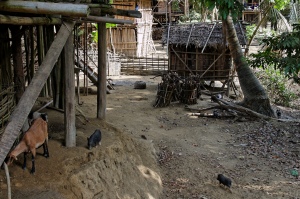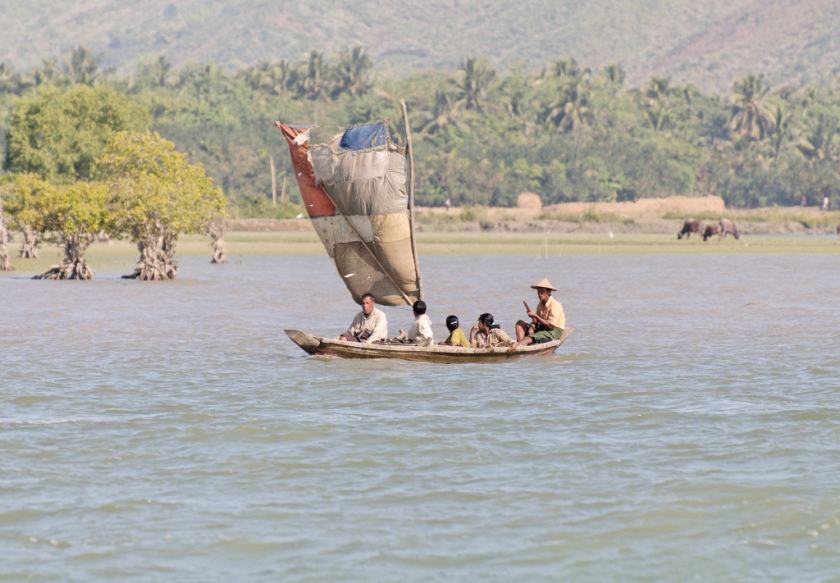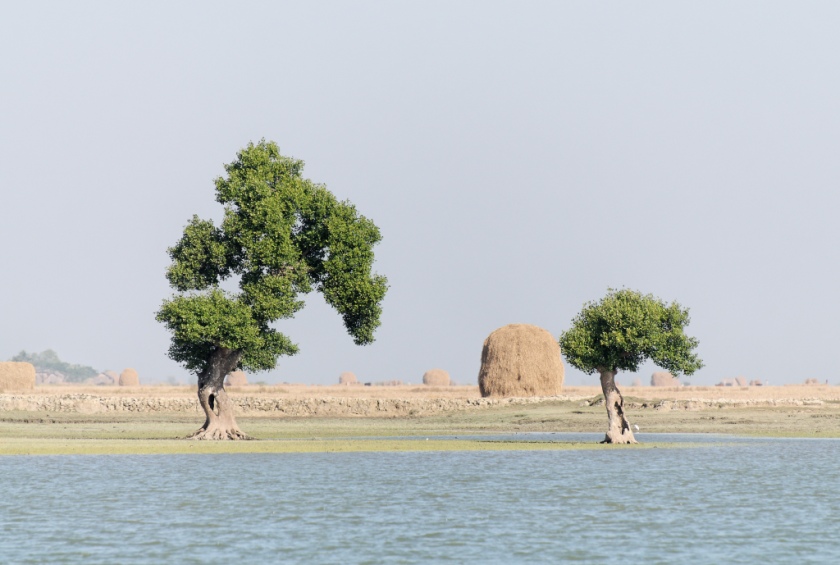Joni Mitchell was born November 7, 1943 in Fort Macleod, Canada. Singer, song writer, painter, Mitchell’s intensely personal songs reflect her thoughts on the inner and outer worlds. In her long career she has explored folk music, pop, rock and roll, classical, and jazz. I have read articles that describe Joni Mitchell as the major female artist of all time. I say this: She is one of the most important and influential recording artists of any age, period.
An amazing voice and unique guitar playing frame her writing…. Here are a few lines from A Strange Boy.
And we got drunk on alcohol
And on love, the strongest poison and medicine of all
See how that feeling comes and goes
Like the pull of moon on tides
Now I am surf rising
Now parched ribs of sand at his side
We had arranged in Sittwe for a guide, a boat and a special day visa in order to travel on to the semiautonomous Chin State. As we headed up the river the small boat traveled slowly. It was the last day of the year, a calm morning with no winds.
Sky and water reflected one another like twin mirrors.

We sailed on for several hours, and I was overtaken by a sense of displacement that was complete. It was preternaturally still, so quiet and without movement that it seemed we had sailed to a place located somewhere between firmament and earth. It wasn’t quite attached to either.
Finally the boat came to a stop and we debarked and began our walk up into the first Chin village. The villages are extremely remote and what makes them extraordinary is the Chin art of tattooing. The tradition had been strongly discouraged by the government since the 60’s, and was believed to have almost died out.
In the villages we sailed to by boat, only the old women were reputed to still have the facial tattoos. The men had gone out into the jungle and gathered the materials necessary for the tattooing process. Several days of painstaking tattoo work ensued; only faces of young teenaged girls were transformed.
We walked through the village with our guide talking to the locals.

Pigs and puppies tumbled on the path as people worked. The tamped dirt was cleared and clean.
After perhaps 20 minutes of walking through the village and watching and being watched, the female elders suddenly appeared to meet us.
NOTES: [1] Source: LyricFind, A Strange Boy lyrics © Crazy Crow Music / Siquomb Music Publishing, Sony/ATV Music Publishing LLC.
©2022 Jadi Campbell. Previously published as Chugging Slowly Upriver in Northwest Burma, Part Two. All photos © Uwe Hartmann.
Click here for my author page to learn more about me and purchase my books. 















